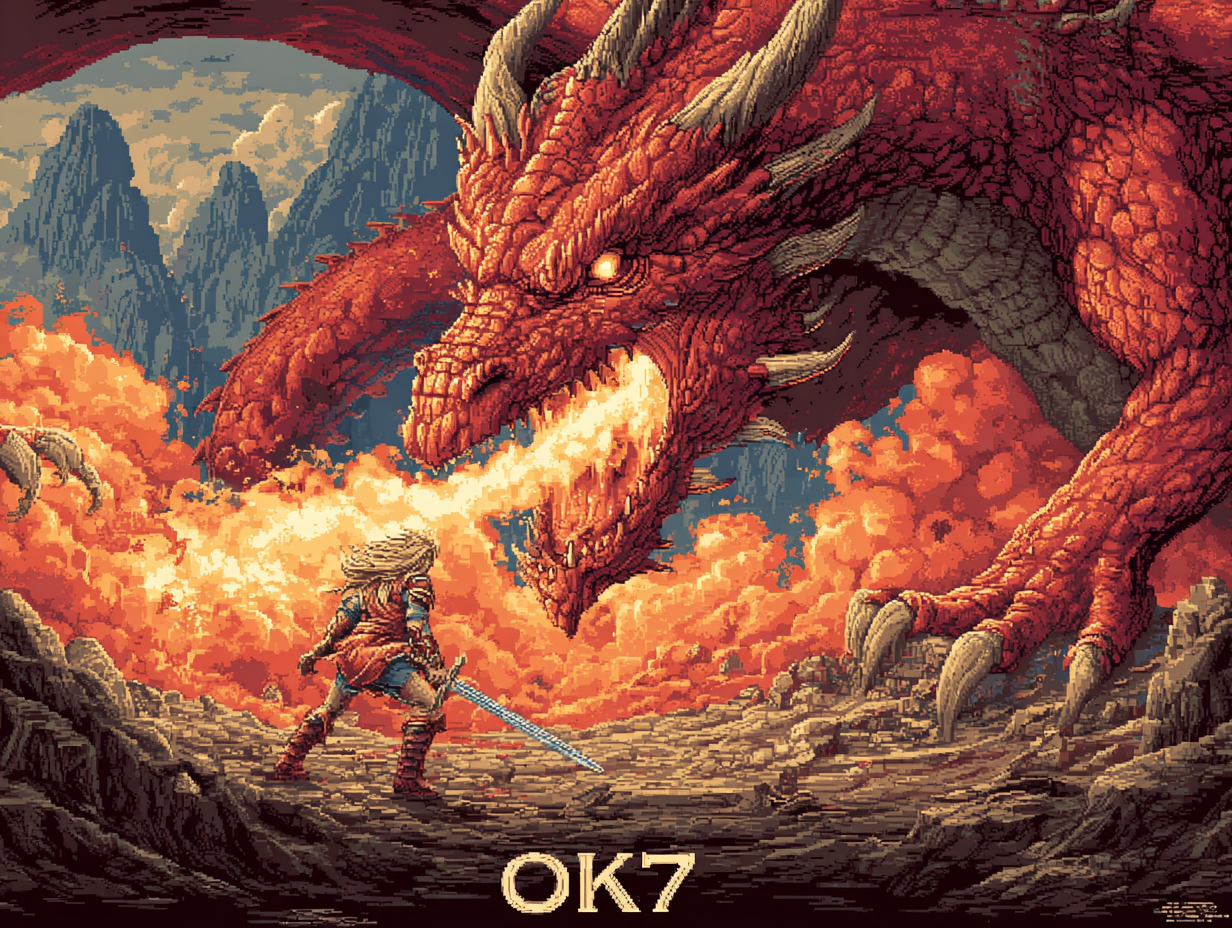Introduction
Investing in marketing and design is essential for business growth. While some may think that handling social media or creating flyers is enough, it takes more to effectively spread the word about your business. This blog post will help you understand the importance of allocating the right resources to marketing and design and how to do so in a way that maximizes your business’s potential.
Understanding the Marketing Budget
Deciding on a marketing budget is crucial and shouldn’t be guesswork. The U.S. Small Business Administration provides a clear benchmark: if your business makes less than $5 million a year, aim to spend 7-8% of your gross revenue on marketing, assuming your profit margins are around 10-12% after expenses. This isn’t a rigid rule; your industry and growth targets might require a different approach. For B2B businesses, spending between 2-5% is common, while B2C companies may find investing 5-10% more effective. These numbers are more than academic; they’re about understanding your market and your goals. In recent times, the average marketing spend has edged up to 9.5% of company revenue, indicating a trend towards more aggressive marketing strategies post-pandemic. Use these insights to calibrate your marketing investment wisely.
In-House vs. Outsourced Marketing Costs
Deciding whether to build an in-house marketing team or to outsource can significantly impact your business. Hiring an in-house team means you’re investing in a long-term crew, which includes their salaries, workspace, and other resources. It’s a substantial commitment.
Outsourcing, however, means you hire external experts when necessary. You don’t carry the ongoing costs of employees, and you get access to a breadth of expertise and the latest marketing strategies, often at a lower cost than maintaining a full-time team.
Expertise is key. Maybe you’re excellent at what you do—like making cheesecakes—but marketing might not be your strong suit. Outsourced professionals stay current with marketing trends and tools, bringing valuable know-how to your business’s promotions without the overhead of a full-time position.
Consider your business’s specific needs: Do you need the consistent presence of an in-house team, or the flexibility and specialized skills of an outsourced one? The best choice depends on your current situation and goals. The aim is to promote your product effectively and affordably without overextending your resources.
The Value of Your Time

Time is your most crucial asset in business. If you’re running a company, your focus should be on activities that directly contribute to its success. Adding marketing and design to your plate can spread you too thin.
Here’s the bottom line: your time should go to what you’re good at—running your business. The time spent on trying to master marketing and design is time away from your core responsibilities. This is the concept of opportunity cost; every minute spent outside your specialty is a lost chance to do what you do best.
It’s like this—if you’re not a plumber, you wouldn’t spend hours fixing a pipe. It’s the same with marketing. You could spend your day learning about social media strategies, or you could use that time to improve your service or product, engage with clients, or close sales.
Using your time effectively means doing what you’re skilled at and hiring experts in marketing and design to do what they’re skilled at. This isn’t just a smart move—it’s how you turn steady progress into significant growth.
Consider where your time has the most impact and invest it there. Rely on skilled professionals to manage the rest. It’s a strategic choice that can lead to better business outcomes.
Expertise Equals Engagement
Discussing how to capture your audience’s attention, it’s clear that professional marketers and designers have the edge. They’re the ones who know how to create content that hits the mark with your audience. They’re not just making random posts; they’re creating strategic content that connects with your audience and encourages them to interact.
These professionals do more than post content; they manage your social media presence thoroughly. They’re like the behind-the-scenes crew that ensures everything runs smoothly, engages with your followers, stays up-to-date with trends, and tweaks strategies as needed while tracking what works.
In today’s fast-paced digital landscape, where attention is scarce and competition is high, having skilled professionals is not a luxury; it’s essential. They help make sure your brand stands out and forms genuine connections that can lead to loyalty and sales.
The takeaway here is to trust the experts to craft your business’s message into engaging conversations. This is the sort of engagement that’s crafted with skill, not just purchased, and it’s done one well-crafted post at a time.
Return on Marketing Investment (ROMI)
When you spend on marketing, you want to know it’s worth it. That’s where Return on Marketing Investment (ROMI) comes in. It tells you what you’re getting back from what you put into your marketing efforts.
Smart marketing can lead to a significant return. Take email marketing, for example; it can return as much as $42 for every dollar you spend. In social media advertising, like Facebook Ads, the average conversion rate is around 9.21% across all sectors. This means a good portion of the people who click on your ads might just become customers.
But ROMI goes beyond just dollars and cents. It’s about building your brand and nurturing a loyal customer base who will keep coming back. Good marketing helps you reach the right people, not just anyone.
Your marketing spend should work as hard as you do. It’s about making informed choices, using data and expert insights to increase your chances of success.
In the long run, ROMI isn’t only about immediate profits; it’s about long-term brand loyalty and presence. That’s the kind of ongoing value every business needs.
Success Stories: The Proof is in the Profits
Here are some straightforward examples of marketing that has been delivered for businesses.
A local brewery used social media to tell its story and connect with beer enthusiasts. They shared what makes their brews special and engaged with their community online. Their efforts turned them into a popular gathering place and boosted their sales significantly.
A traditional family bakery was famous in its neighborhood but nowhere else. They updated their website for better search engine visibility and added an online shop. Now, they’re shipping cookies all over the country and have been spotlighted in food magazines. This shows how smart online marketing can broaden a business’s horizons.
A tech startup invested part of their initial funds into targeted online ads. They crafted a strong message and chose the right online platforms to advertise on. By keeping an eye on their campaign and adjusting when necessary, they quickly grew their user base.
These examples underscore the value of a well-thought-out marketing strategy that plays to a business’s strengths and reaches the right audience. The return on investment here isn’t just hopeful thinking; it’s actual growth and increased visibility.
Long-Term Brand Building Strategies
Effective brand building is about consistency and endurance. It involves a steady investment in your business’s image and message to create a lasting impression with your customers.
Here’s what you need to know: persistent marketing efforts do more than move products or services. They build a brand identity that customers remember and trust. This is what sets you apart and makes your business the go-to choice for their needs.
Take a soap maker who started out at local fairs. By focusing on a strong brand look and online presence, they grew from a hobby to a well-known brand. Consistency in their branding and quality turned one-time buyers into loyal customers.
Long-term brand investment also prepares you for the future. It’s not just about responding to trends. It’s about establishing a business that stays relevant through changing times, like planting perennials in a garden that bloom every year.
Look past immediate sales. Your brand encompasses your story, reputation, and the value you promise to customers. It’s what supports launching new products, breaking into new markets, and drawing in more customers. A robust brand can ride out economic fluctuations and keep growing. That’s a smart investment for any business.
Customizing Your Marketing Strategy
Your marketing strategy should fit your business as well as a tailored suit fits its owner. A generic approach could lead to mediocre results. Your strategy must align with your business’s core values, tone, and objectives. Whether you prioritize sustainability or luxury, your marketing should reflect that.
Identify where your customers spend their time. If they’re on Instagram, that’s where you should highlight your products. But it’s not just about being present; it’s about engagement and conversion. Regularly analyze your marketing efforts to see what’s working. Use data to understand customer behaviors and adjust your tactics accordingly.
Your marketing plan should evolve with your business. As you introduce new products or as new platforms emerge, your strategy should adapt. Stay nimble, making small changes as needed to ensure your marketing continues to perform well. This kind of attention to detail can significantly impact your sales and growth.
When to Scale Your Marketing Efforts
As your business grows, so should your marketing. It’s critical to recognize when it’s time to enhance your marketing strategies to avoid stagnation and continue your business’s upward trajectory.
Here’s when to consider scaling up:
- Your sales are steady but not increasing.
- You’re tapping into a new market or audience.
- You have a loyal customer base ready to amplify your message.
- You’re introducing a new product or service.
- Competition in your market is intensifying.
To scale effectively, analyze what’s currently working. If certain ads are performing well, boost your investment there. If content marketing is attracting visitors, create more content. Scaling is about strategic enhancement, not just increasing the budget.
Approach scaling methodically, track your performance, and be ready to make changes. Done correctly, scaling your marketing can significantly contribute to your business’s growth.
Conclusion
If you’re set on seeing tangible growth, it’s time to step up from the ordinary. Reach out to OK7 for a consultation, where you’ll find a dedicated team ready to fine-tune your marketing and design to speak volumes about your brand. The journey to elevate your business begins with a single, determined step towards innovation and strategic action. Choose to excel and connect with OK7 to see how a sophisticated approach can attract not just a crowd, but the right audience for your business.
Are you ready to transform your business’s potential into performance? No more settling for average. Click here to get in touch with OK7, and let’s ignite the conversation that will redefine your brand’s future. Plus, don’t miss out on the chance to deepen your marketing knowledge—for free. Click here to to download your complimentary copy of the eBook “Fundamentals of Social Media Marketing” and start leveraging the power of social platforms today. Take action now, and let’s grow your business together. Let’s do this!


